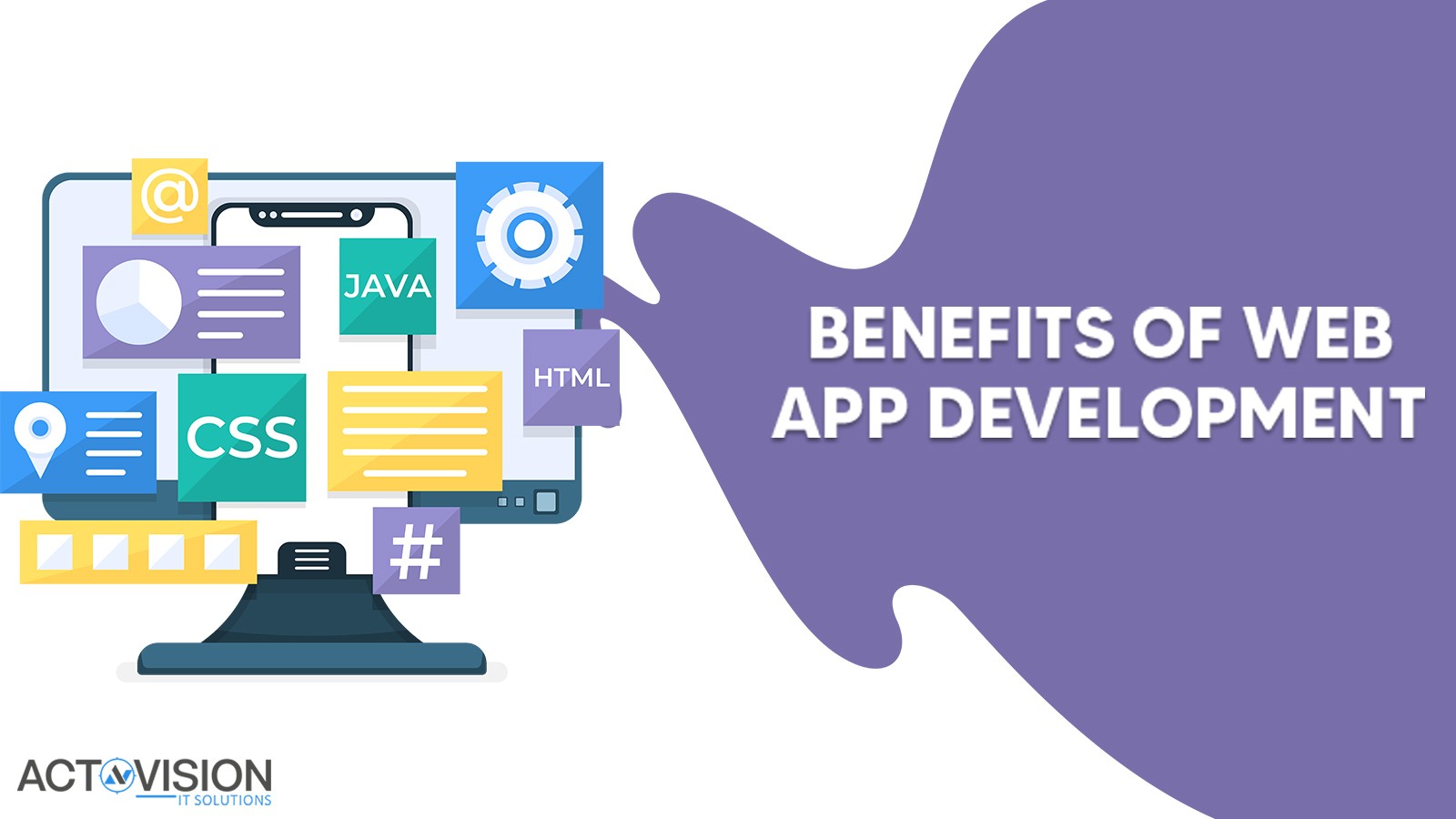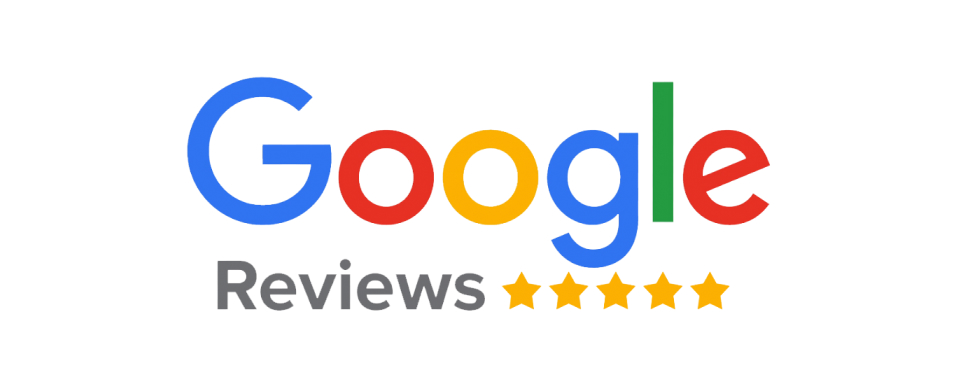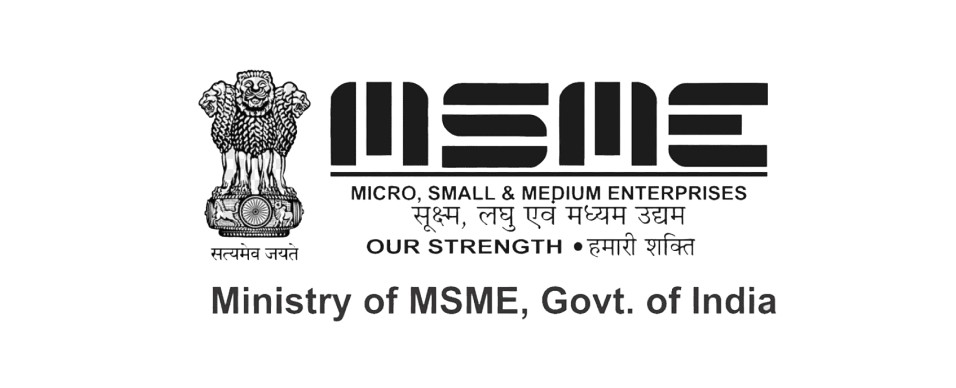From large enterprises to small and medium scale businesses – all are leaning towards building a web app to enable the target audience to access their online destination effortlessly. If you are looking to engage web application development services anytime soon, this blog is a must-read. Here, we will explore some of the crucial features your web app should have. We will divide the blog into two aspects: technical components and features. Let’s check them out.
Technical Components of a Web App
Service Worker
The service worker facilitates offline work mode and background syncing. It paves way for application shell or interface caching so that the app instantly loads during repeat visits. Relevant dynamic content like images, shopping cart, chat history, checkout, etc. can be loaded later when the connection is restored.
Web App Manifest
A web app manifest (a JSON file) gives the app a mobile app like interface appearance. With it, you can control the way your web application will be displayed to the visitor. Usually, the display features a full-screen mode without a visible URL bar. The file is a prime location for the web application’s metadata. You can also define a splash screen along with a theme colour for the address bar.
Transport Layer Security or TLS
Web apps leverage TLS or Transport Layer Security protocols. It is the standard of robust and secure data exchange between two apps. The integrity of the data demands installing an SSL certificate on the server and serving websites via HTTPS.
Must-Have Features in a Web App
1. Serverless Cloud Architecture
Serverless technology is bringing a revolution in the realm of software development. This enables accessing data with minimal or no hardware constraints. It has ample benefits over traditional on-premise systems. Therefore, an increasing number of businesses are using cloud technologies to build web applications.
Adopting a cloud-based architecture gives businesses a break from the complexity of setting up or dealing with complex servers. Further, it offers adequate security, flexibility, and scalability to a web app.
2. Mobile-First Interface
Gone are the days of the traditional belief that people access a website from a desktop or laptop. In the first quarter of 2021, mobile devices generated 54.8% of global website traffic (source: Statista).
A web app must be ready to welcome people coming from smartphones or tablets. A responsive UI design is no more a luxury but a necessity. With the rise of IoT, a web app can be accessed from other devices like wearables, refrigerators, or smart TVs. A dynamic web design built with a mobile-first interface is lightweight and can fit in any screen size.
3. Push Notification
Push notification is no more exclusive to mobile apps. This is great news for businesses as they need not launch a mobile app or wait for people to install it into the phone. The users can get push notifications from web apps as well. These greatly enhance user engagement.
Also, the process is fast and simple. With a one-click-opt-in feature, the users can enable push notifications. These seem just like from an installed mobile app and do not require the browser to run in the background.
4. Chat
These days, integrating a live chat or chatbot has become essential. People do not often call a business or drop an email. Should they fail to find something on the web app, they prefer to ask via the integrated chat feature.
Remember, if their queries remain unanswered, they may not interact with your business and simply bounce.
To avoid this, it’s better to integrate a chat feature on your web app. You can even integrate your business WhatsApp (or any other messenger that you use) so that people can instantly contact you.
5. Search Engine Optimization
Without search engine friendliness, your website will not be visible to a wider audience and it will affect the number of traffic you receive. If you don’t want that, ensure that your web app is optimized for the search engines. Here is a detailed guide to an effective SEO strategy.
- The site navigation should be logical and enable the search engines to crawl and index.
- Use schema.org metadata that is relevant to the web page content. It will enhance your appearance on the SERP (Search Engine Result Page).
- Place scripts outside HTML document. If JavaScript and CSS are not externalized, they can add multiple additional lines of code in the HYML document which will make crawling slower.
- The web pages should not use fragmented identifiers since Google will simply ignore them.
- Block pages that you don’t want to be crawled or indexed.
- Implementing image alt attribute is a must.
- Provide canonical tags while serving content from different sources so as to avoid duplication.
- Follow the W3C standard that focuses on writing semantic markup. This is great for SEO.
You can also engage SEO services after the web app is built in order to enhance its ranking on the SERP.






